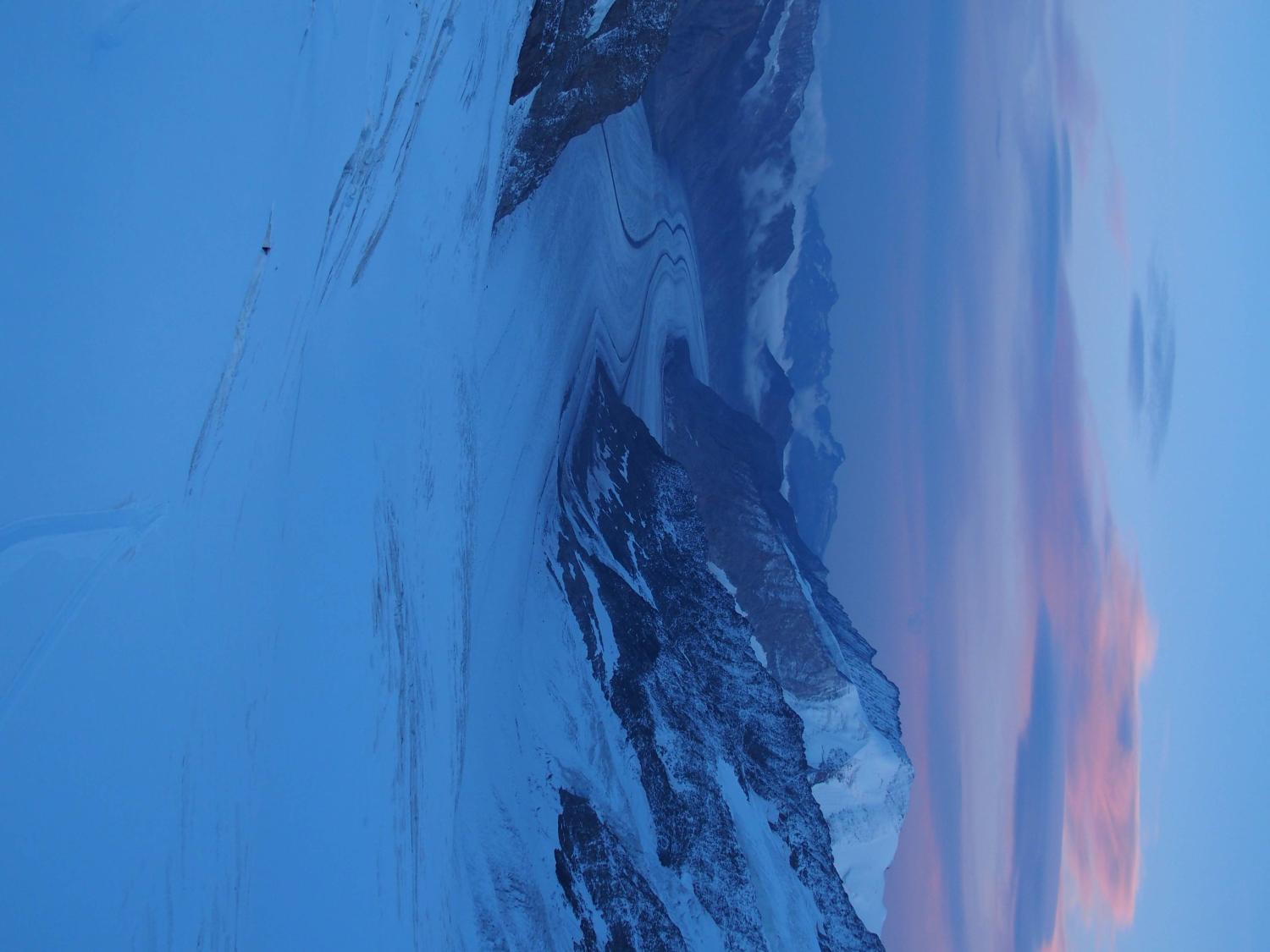Glaciers worldwide are shrinking at alarming rates, with dramatic implications for sea-level rise, water availability, biodiversity, and the stability of natural ecosystems. A new study, led by Harry Zekollari of the Vrije Universiteit Brussel’s Department of Water and Climate (research partly conducted while a postdoc at ETH Zurich’s Laboratory of Hydraulics, Hydrology and Glaciology), provides the most comprehensive and detailed projections of global glacier changes under the latest climate scenarios. This new research, published in The Cryosphere, projects the future evolution of every glacier on Earth outside of the Greenland and Antarctic ice sheets—a total of over 200,000 glaciers.
The impacts are not uniformly distributed: some regions face far more severe losses. For example, glaciers in the European Alps are among the most vulnerable, projected to lose over 75% of their volume, with many at risk of complete disappearance under high-emission scenarios. By contrast, glaciers in polar regions like Arctic Canada, Iceland, and Svalbard are expected to retain a more substantial part of their mass through the end of the century, though they, too, will face considerable loss.
Looking ahead, advancements in satellite monitoring and machine learning applications in glacier modelling are expected to enhance the accuracy of glacier projections. These tools will offer valuable new data to inform the science community’s understanding of glaciers’ response to climate change and improve planning for affected regions worldwide.

View on the Greater Aletsch glacier (Switzerland), the largest glacier in the European Alps. The glacier has a length of about 20 km, and ice thickness up to 800 m. The new study projects that this glacier is to largely disappear in the 21st century. © Harry Zekollari
Full reference:
Zekollari, H., Huss, M., Schuster, L., Maussion, F., Rounce, D. R., Aguayo, R., Champollion, N., Compagno, L., Hugonnet, R., Marzeion, B., Mojtabavi, S., and Farinotti, D.: Twenty-first century global glacier evolution under CMIP6 scenarios and the role of glacier-specific observations, The Cryosphere 2024, 18, 5045–5066, https://doi.org/10.5194/tc-18-5045-2024
Contact:
Harry Zekollari, harry.zekollari@vub.be, +3226293021